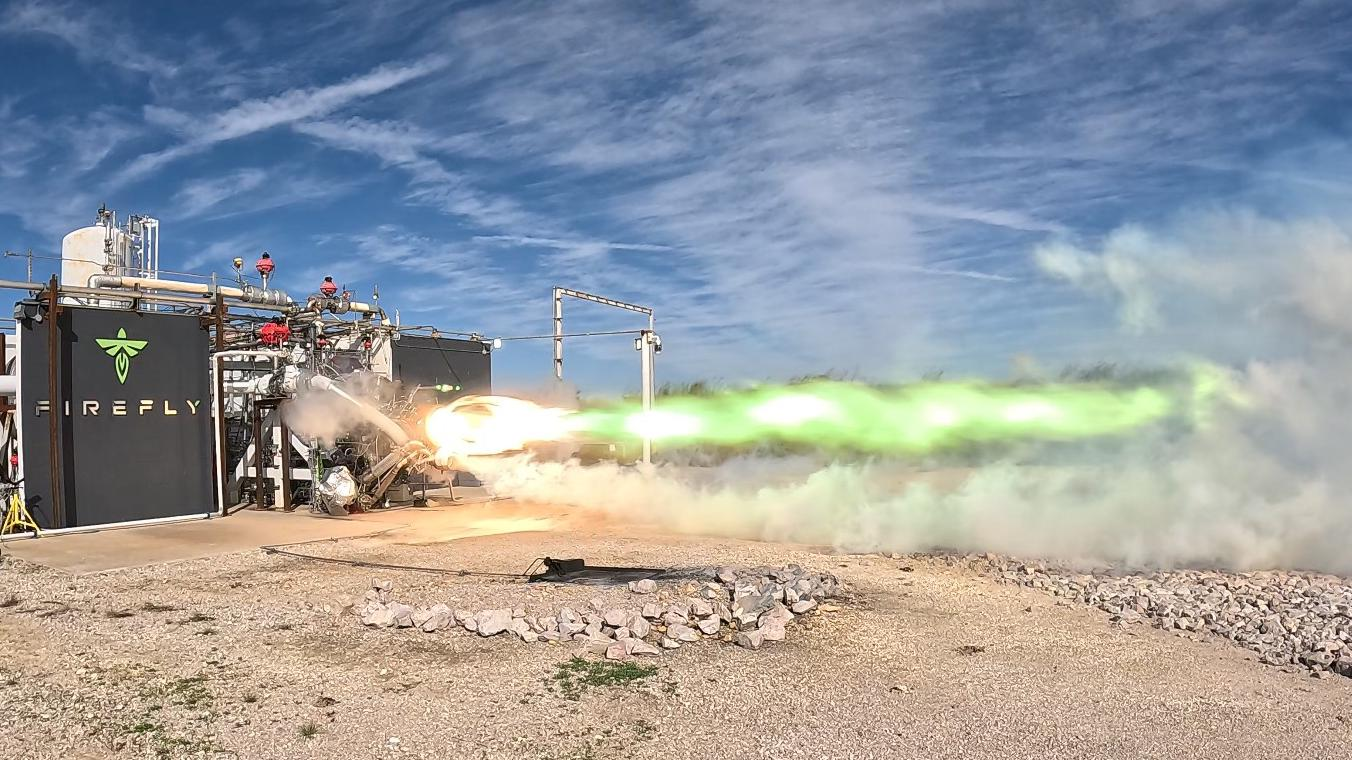Space
9409 readers
166 users here now
Share & discuss informative content on: Astrophysics, Cosmology, Space Exploration, Planetary Science and Astrobiology.
Rules
- Be respectful and inclusive.
- No harassment, hate speech, or trolling.
- Engage in constructive discussions.
- Share relevant content.
- Follow guidelines and moderators' instructions.
- Use appropriate language and tone.
- Report violations.
- Foster a continuous learning environment.
Picture of the Day
 The Busy Center of the Lagoon Nebula
The Busy Center of the Lagoon Nebula
Related Communities
🔭 Science
- [email protected]
- [email protected]
- [email protected]
- [email protected]
- [email protected]
- [email protected]
- [email protected]
- [email protected]
- [email protected]
🚀 Engineering
🌌 Art and Photography
Other Cool Links
founded 2 years ago
MODERATORS
551
552
553
554
555
44
Webb discovers that rocky planets can form in more extreme environments - NASASpaceFlight.com
(www.nasaspaceflight.com)
556
557
558
559
560
561
562
564
565
72
Do we live in a giant void? It could solve the puzzle of the universe's expansion
(theconversation.com)
566
567
568
569
13
Launch Roundup: Soyuz to resupply the ISS; SpaceX to launch more Starlink satellites - NASASpaceFlight.com
(www.nasaspaceflight.com)
570
571
572
573
34
China says its space station—seen in new photos—is poised for growth | Ars Technica
(arstechnica.com)
574
575

